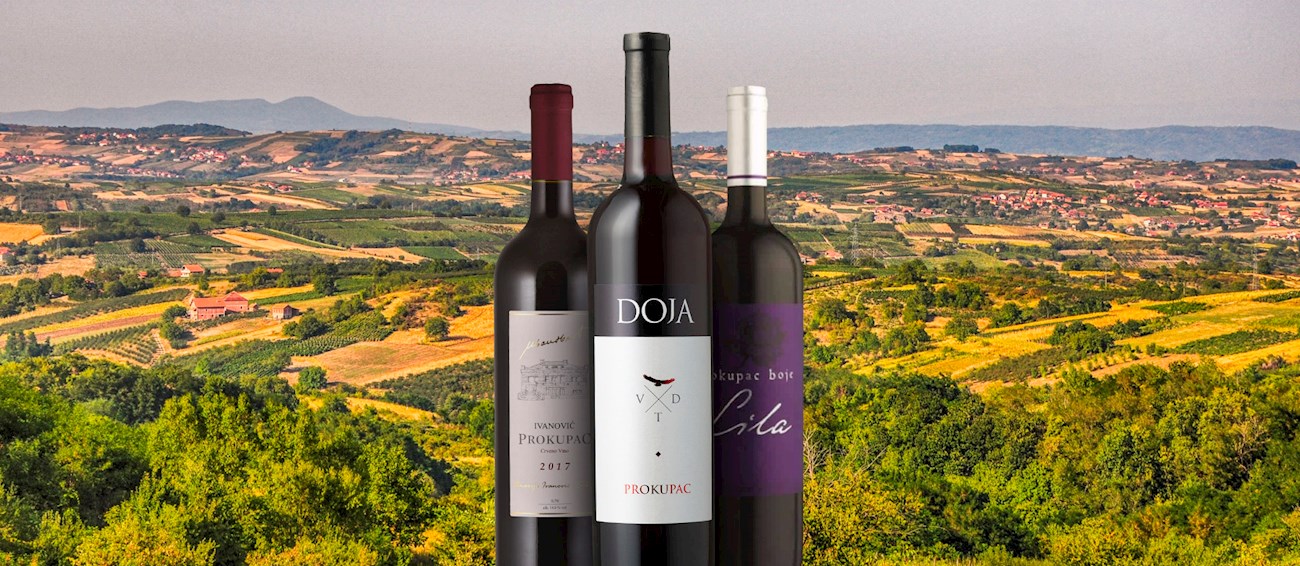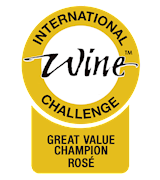TABLE OF CONTENTS
Best European Rosé Wines
AWARDS
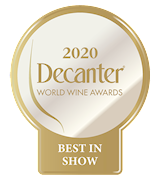
Decanter World Wine Awards - Best in Show
2020
AWARDS

International Wine Challenge - IWC Great Value Champion Rosé 2021
2021
AWARDS
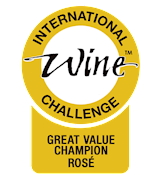
International Wine Challenge - IWC Great Value Champion Rosé 2015
2015
AWARDS
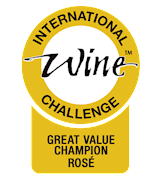
International Wine Challenge - IWC Great Value Champion Rosé 2017
2017
AWARDS
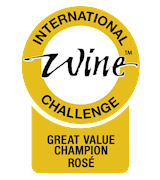
International Wine Challenge - IWC Great Value Champion Rosé 2018
2018
AWARDS

IWSC- International wine & spirit competition - Gold
2024
AWARDS

IWSC- International wine & spirit competition - Gold
2024
AWARDS

Concours Mondial de Bruxelles - Grande Médaille d'or
2022
AWARDS
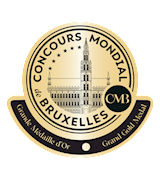
Concours Mondial de Bruxelles - Grande Médaille d'or
2024
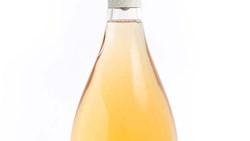




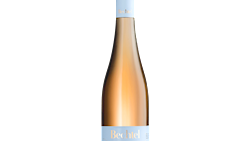

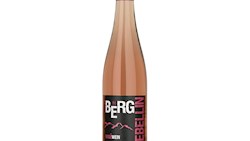
TABLE OF CONTENTS
Best European Rosé Wine Types
Toro is a Spanish wine region located in Castile and León, around the eponymous city in Zamora. The region mostly produces red wines from Tinta de Toro—the local variant of Tempranillo that is different from those cultivated in Rioja and Ribera del Duero.
The grape produces excellent wines that are usually full-bodied, rich, potent, and concentrated. Compared to Rioja, red wines from Toro are darker, more tannic, and typically have higher alcohol content. They easily reach 15% ABV, but ideally, they would have around 13%.
Prokupac is a native Serbian grape cultivated in several Serbian wine regions, while the best examples come from Župa. It was once a prominent variety in Serbian vineyards, mostly used for unimpressive mass-produced wines. In the last few decades, local winemakers proved that with the right approach, Prokupac creates well-structured wines with good aromatic complexity.
Prokupac can vary in style, from fruity red wines to heavier oak-aged examples, but it mainly produces light-colored wines with medium body and medium alcohol. The wines have fruity aromas reminiscent of raspberries, strawberries, blackcurrants, and cherries.
Rosé d'Anjou is a French appellation located in the Anjou district of the Loire Valley, more precisely in the departments Maine-et-Loire, Deux-Sèvres, and Vienne. The wines are predominantly made with native Grolleau grapes, while other permitted varieties include Cabernet Franc, Cabernet Sauvignon, Gamay, Malbec, and Pineau d'Aunis.
These clear and bright wines are subtly sweet, without being cloying, and are often praised for their perfect balance of alcohol, acidity, and sugars. They can be pale to intensely pink, while the typical aromas include tangy red fruits, but notes of bananas, candy, and rose petals are also quite common.
Although the appellation Côtes de Provence also produces red and white wines, most of its production is focused on light and fresh rosés that are mainly based on Grenache, Syrah, Mourvèdre, Cinsaut, and the native Provencal Tibouren variety.
Rosés from Provence are typically pale pink, and they tend to display a complex aromatic profile that combines fruity and floral aromas of exotic fruit, citrus, white flowers, and herbs. Some vintages that are barrel aged may also develop notes of dried fruit, caramel, spices, and vanilla.
Lagrein is an ancient Italian red grape mainly cultivated in Trentino-Alto Adige in Northeast Italy. The grape has ancient origins, and though it was once common, it was later mainly replaced by Schiava (Vernatsch), which proved to be more resistant and productive.
Only recently, local winemakers have been promoting it as an excellent native grape that, if treated properly, has incredible potential to produce rounded and well-balanced wines. The grape is used in varietals (included in several regional appellations) and blends.
Retsina is an ancient Greek wine that is flavored with resin—a sticky sap that is typically secreted by pine trees. Historians believe that the resin has been used in Greece for over four thousand years, and while its initial purpose was to seal and insulate wine in clay amphorae, it was also used as a preservative, flavoring, and medicine.
For modern Retsina wines, natural resin, usually Aleppo pine, is added to the wine during fermentation. It is traditionally made with white or in some cases rosé wines, while the typical grapes include the native Savatiano, Assyrtiko, Rhoditis, and Athiri.
THE BEST Retsina White Wines
Cabernet d'Anjou is a French appellation located in Anjou, mainly in Maine-et-Loire, which it is exclusively reserved for rosé wines made from Cabernet Sauvignon and Cabernet Franc. These bright and clear wines are typically deep pink with salmon hues.
They are vibrant, dense, velvety, and smooth, while typical aromas include red fruit and roses. Cabernet d'Anjou wines are praised for their well-balanced acidity and tannic structure, and though they are usually enjoyed young, some examples can age well.
Cerasuolo d'Abruzzo was formerly a part of the renowned Montepulciano d'Abruzzo appellation, but in 2010, it became an independent designation (DOC) that only includes rosé styles made from Montepulciano as the principal grape. Cerasuolo (roughly translated as cherry-like) are made with limited skin contact that results in wines that have more body and which are usually slightly darker than most rosés.
These bright and fruity wines often have aromas of raspberries, cherries, and pomegranate, which are accompanied by floral notes and usually a subtle almond finish. Because they have a similar character as red wines, Cerasuolo d'Abruzzo wines can be an excellent match to various dishes.
Tavel is a French appellation located in the southern Rhône that produces dry rosé wines. These full-bodied and aromatic rosés are made with Grenache Noir as the principal grape, but frequent additions also include Cinsault, Bourboulenc, Clairette, Mourvèdre, Picpoul, and Syrah.
Young Tavel wines are usually pink, but with age, they tend to become deep pink with gold or amber hues. They are fruity and floral, with notes and aromas that are reminiscent of red berries, stone fruits, and sometimes subtle almond nuances. As they age, they will usually display more complex notes of ripe fruit, toasted almonds, and spices.
This French appellation is exclusively reserved for white and rosé sparkling wines that are predominantly based on Chenin Blanc, while the blends may also include, Chardonnay, Sauvignon Blanc, as well as Pinot Noir, Cabernet Franc, and many other.
All sparkling wines under the appellation are produced using the traditional method—méthode traditionnelle—in which the wines go through the second fermentation in the bottle. Both white and rosé sparkling Saumur will have delicate and persistent bubbles, and while white version will display aromas of white and yellow flowers and white-fleshed fruit such as apples and pears, rosés will be dominated by red fruit notes.
TasteAtlas food rankings are based on the ratings of the TasteAtlas audience, with a series of mechanisms that recognize real users and that ignore bot, nationalist or local patriotic ratings, and give additional value to the ratings of users that the system recognizes as knowledgeable. TasteAtlas Rankings should not be seen as the final global conclusion about food. Their purpose is to promote excellent local foods, instill pride in traditional dishes, and arouse curiosity about dishes you haven’t tried.
